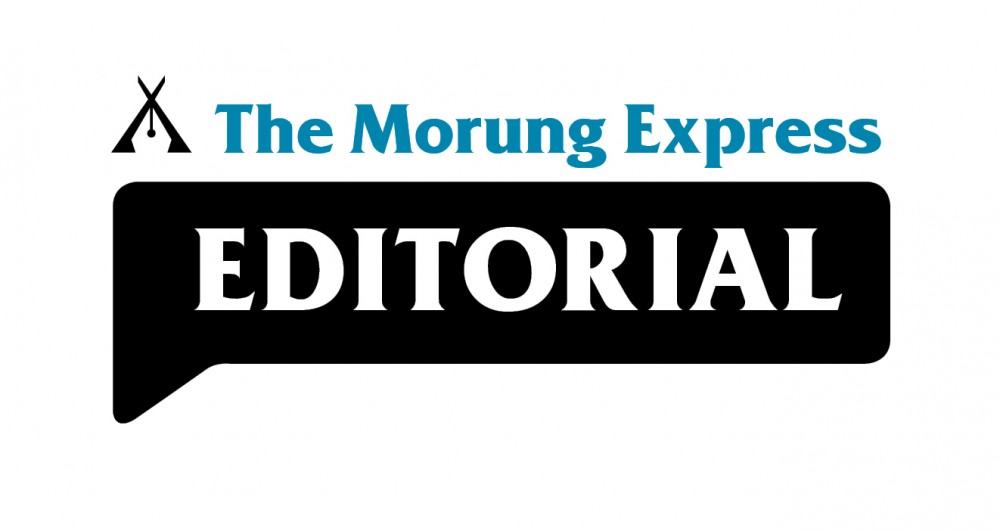
Moa Jamir
The citizens of Nagaland by now are attuned to the lived experience of lofty ‘visions’ but insipid outcomes. Such visions are most vended by those at the helms of affairs in the area of socio-economic development over the years. In the past two decades, there were 3 such State-level visions.
The first was in the form of a chapter incorporated in the State Human Development Report (SHDR) 2004 titled, ‘Nagaland 2020 - A Vision’. “If Nagaland continues on the agenda of reform and development it has set for itself, it too would reach its goal of a developed State by 2020,” it envisaged. Advertising the ‘Vision’ at a North East Council meeting held in November 2006, the then and present Chief Minister Neiphiu Rio said the document visualizes “developmental thrusts for the coming decade.”
A decade after, ‘Nagaland Vision 2030- Our Land, Our Future’ envisioning the “desired developmental directions and goals of the State of Nagaland in detail” was launched in 2016, and carried forward the process initiated in 2001 through ‘Imagine Nagaland’ workshops and 2020 vision.
“A well governed, peaceful, inclusive and prosperous State with a sustainable and diverse economy, where a skilled and healthy population with equitable opportunities for growth, success and happiness live, work and play without fear in a safe, clean and green environment,” read the vision statement.
Even as the State’s citizens were grappling to ‘interpret’ the vision into reality, they were presented with yet another called the ‘Nagaland Sustainable Development Goals (SDGs) Vision 2030’ on August 17, 2021. “...The Nagaland SDG Vision Document provides us with state specific short, medium and long term targets with measurable indicators and strategies that the State should focus on to meet the aspirations of the people for sustainable livelihoods and living standards,” stated Rio, the original ‘vision builder,’ during the launch. He called upon the people to “make this decade a ‘Decade of Positive Action’," The Morung Express reported.
In essence, policy-wise, Nagaland would have been way ahead of others in developmental parameters as well as a “developed State” by now.
Ergo, the citizens of the State, under a perpetual reverie of socio-economic development in the last two decades, were jolted out of their slumber by the first edition of the North Eastern Region (NER) District SDG Index Report and Dashboard 2021–22 by NITI Aayog and Ministry of Development of North Eastern Region on August 26.
The Index measured the performance of the districts of the eight NE states of Arunachal Pradesh, Assam, Manipur, Meghalaya, Mizoram, Nagaland, Sikkim and Tripura on the 16 SDGs such as poverty, education, health, equality, economic growth, sustainable development etc. Information on the composite index indicated that Nagaland was ranked lowest among the 8 States.
Tellingly, out of 103 districts ranked in the index, even Nagaland’s best performing district Kohima was slotted lower end at 70. The commercial capital Dimapur was ranked 76, followed by Mokokchung (85), Peren (89), and Wokha (91).
More significantly, six districts from Nagaland featured in “Bottom-10 Districts” including 4 in the Bottom-5: Longleng (93); Phek (95), Mon (99), Tuensang (100), Zunheboto (102), and Kiphire (103). All districts, except Dimapur and Kohima, were in Bottom-20.
The poor ranking is a timely reality check for the State Government as it sells its latest ‘vision’ to the people. The NER District SDG Index Dashboard running in parallel with the State’s vision hopefully will act as an effective propeller. Instead of ‘weaving’ visions, the State Government must now focus on implementing its intended policies at ground level and turning them into lived reality.
For any feedback, drop a line to jamir.moa@gmail.com






